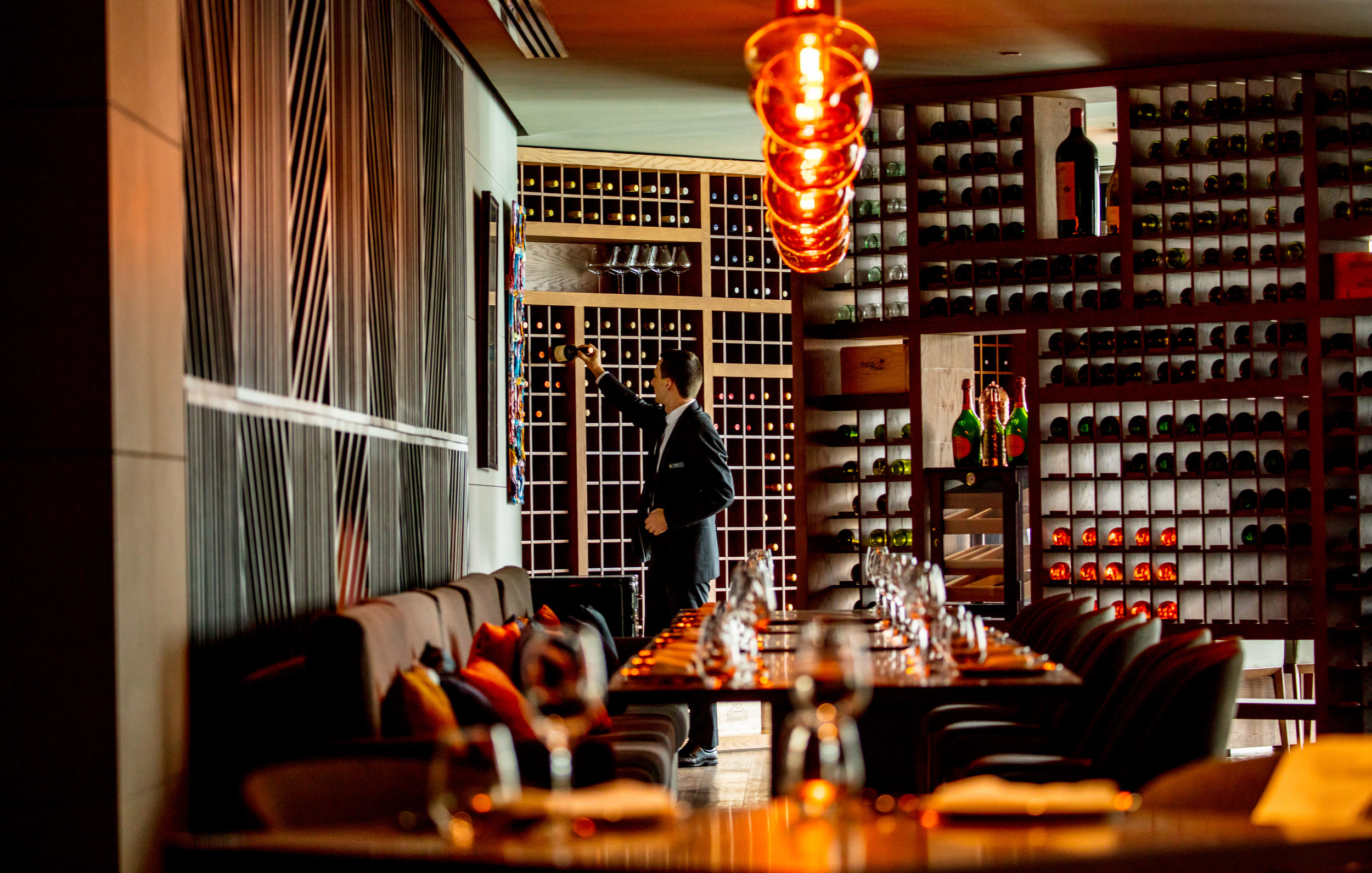I’ve been photographing hotels for over a decade, and through my production company, Mott Visuals, I’ve had the honor of working as an official vendor for IHG. I’ve also partnered with Four Seasons, Hyatt, Accor, boutique hotels across Asia, and many more. Based in Vietnam, my team and I specialize in hotel photography and hotel video production for properties across Southeast Asia and around the world.
Over the years, I’ve seen just about every mistake a hotel sales and marketing team can make when hiring a photographer or production company. The goal here isn’t to point fingers—it’s to help you avoid these pitfalls so you can maximize your investment and walk away with visuals that showcase your property at its very best.
1. Rushing the Timeline
Quality photography and video require planning. Casting, wardrobe, locations, mood boards, and logistics don’t come together in a week. Yet I often see hotels in Vietnam and beyond try to book large-scale shoots at the last minute.
Sometimes that can work for small social content. But a full hotel photography or video production project should be planned months in advance. When you give your creative team time to prepare, you end up with smoother production days and far better results.
2. Underestimating Production
Production is where everything can unravel if it’s not managed properly. I’ve been on shoots where we handled the entire production and others where the hotel or an agency tried to take it on themselves. When production is overlooked, the quality of the final product suffers.
Take models as an example. Casting isn’t just about appearances. It’s about pairing personalities, planning wardrobes for multiple scenes, managing contracts, and coordinating schedules, hair, and makeup. That’s a producer’s role—not something that can be improvised by hotel staff or squeezed into a marketing manager’s already full plate.
When this step is skipped or minimized, you end up with poor wardrobe choices, scheduling issues, and unhappy models—putting the photographer in a tough spot and lowering the creative standard of the work.
3. Balancing Input and Trust in the Creative Process
When you hire a hotel photographer in Vietnam or a production team for video, you’re hiring them for their expertise and process. But that doesn’t mean your voice isn’t important—it is.
You know your property better than anyone. Your input ensures the visuals align with your brand standards, guest experience, and the way the production integrates into your hotel environment. Where problems arise is when attention shifts to the technical details—lighting setups, lenses, editing choices—without seeing how those decisions fit into the bigger picture.
The best results come when hotel teams stay engaged with the look, feel, and brand alignment, while trusting the photographer and creative team to execute the technical side. That balance leads to authentic, high-quality visuals that reflect both your property and your brand.
4. Feedback With Context
Feedback is critical, but it should match the reality of your budget and resources.
If you didn’t budget for wardrobe or professional models and instead chose to use staff, you can’t expect the same performance level as trained actors. If corners are cut in production, the final product will reflect that. Constructive feedback works best when it takes those decisions into account.
5. Set Realistic Expectations
I often see hotels in Vietnam referencing high-budget campaigns from global luxury brands when their actual budget or property doesn’t match those examples.
If your budget is $10K, you can’t expect a $150K global campaign. If your property has $50 rooms, you can’t directly compare it to a $1,500-a-night luxury suite. A hotel photographer or video team will absolutely work to make your property shine—but being realistic about what you’re working with ensures the final visuals are authentic, polished, and aligned with your brand identity.
6. Communicate Clearly and Early
Strong communication is one of the simplest ways to ensure a smooth shoot.
Talk with the production team about how the day will unfold, how they like to work, and how to minimize disruption for your guests. Share concerns about the script, scheduling, or post-production deliverables before the shoot begins—not afterward when changes are too late.
The more you communicate upfront, the smoother the process will be for both your hotel staff and your guests.
7. Understanding the Narrative and Visual Basics
You don’t need to know the technical side of photography, but a basic understanding of lighting, mood, and the script or mood board you approved makes collaboration easier.
When hotel marketing teams grasp the basics, their feedback becomes sharper and more useful, which helps the project run more efficiently.
8. Respecting the Whole Team
Often, the photographer or director gets all the recognition, while the crew—the producers, assistants, stylists, gaffers, and makeup artists—get overlooked.
The reality is that without the entire crew, there’s no production. These people put in long hours under pressure, often away from their families. Respecting them, feeding them well, and appreciating their work makes a huge difference in morale and, ultimately, in the quality of the final visuals.
9. Doing Proper Research
Not every team that looks good online is as experienced as they claim. I’ve seen production companies exaggerate résumés, misrepresent past clients, or pass off work that isn’t theirs.
Do your homework. Ask for complete case studies or final campaigns, not just a highlight reel. Check references. See how a team handled an entire project from start to finish. When you’re investing in hotel photography or video production, you want to be sure the team can deliver consistently, not just occasionally.
10. Choosing Budget Over Quality
About a quarter of our projects are reshoots—fixing poor work from cheaper teams.
Quantity doesn’t replace quality. More images or longer videos aren’t valuable if they don’t meet your brand standards. Remember: your visuals are often the first impression guests have of your property. Investing in quality the first time saves money, time, and frustration.
11. Bigger Doesn’t Always Mean Better
In Vietnam, especially, I often see the assumption that more crew, more lights, and more equipment automatically equal better quality. In reality, it usually just means more disruption for your staff and guests.
A skilled hotel video production team knows how to work efficiently with a lightweight crew. The goal isn’t to overwhelm the property but to deliver high-quality results while minimizing disturbance. True professionalism is about adaptability and respect for the guest experience—not about how big the setup looks.
12. Chasing Trends Over Timelessness
Trendy filters or editing styles may feel fresh now, but they quickly look dated.
When investing in hotel photography or video, think long-term. Aim for visuals that will still represent your property well three, five, or even ten years from now.
Hiring a hotel photographer in Vietnam or a hotel video production team isn’t just about getting visuals—it’s about building trust, planning properly, and creating content that represents your brand authentically.
Communicate openly, set realistic expectations, respect the full team, and don’t fall into the trap of chasing trends or cheap shortcuts. When you approach production this way, you’ll walk away with visuals that showcase your property at its best, elevate your brand, and stand the test of time.

